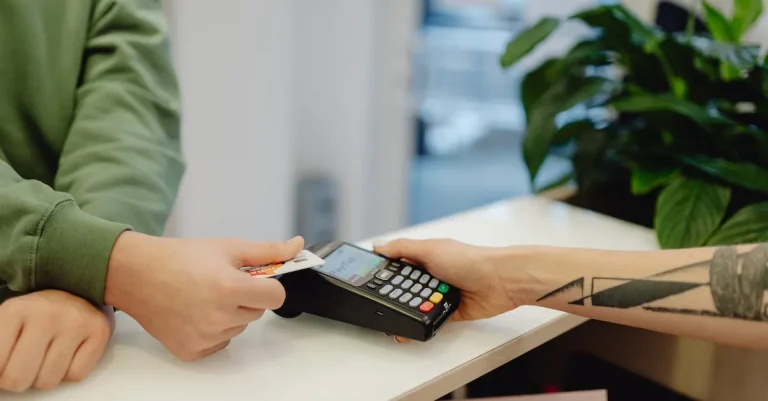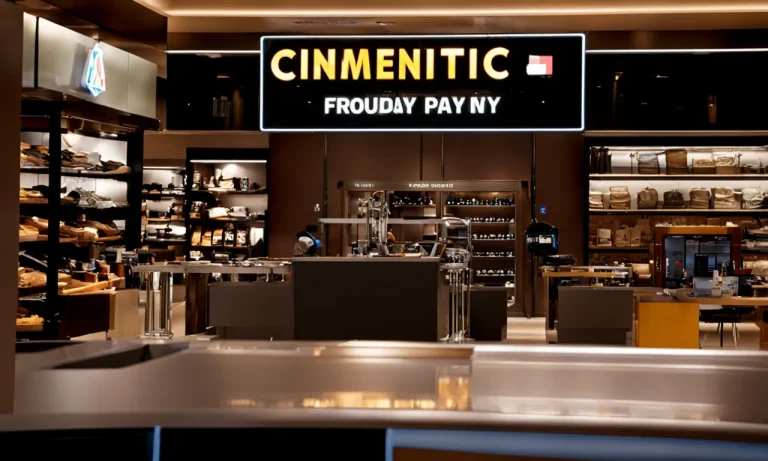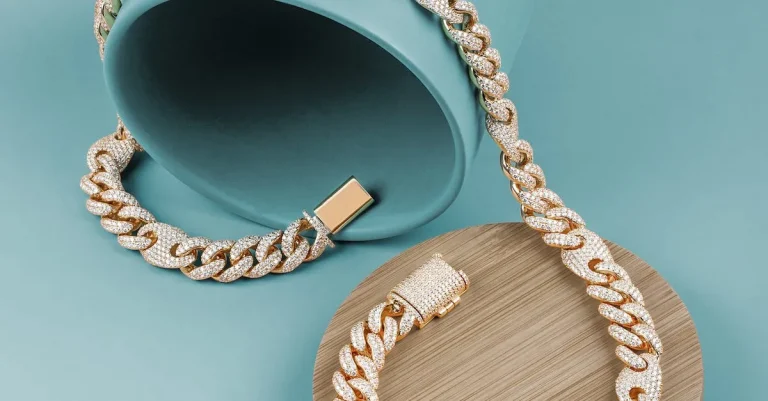How Much Is A Ducat Worth In 2023?
The ducat is a gold coin that was used as a trade currency in Europe from the later medieval ages until the 20th century.
If you have come across a historic ducat and want to know its value today, this guide will provide a comprehensive overview.
If you’re short on time, here’s a quick answer: The value of a ducat today depends on its gold content and condition, but a standard medieval ducat in good condition is worth around $220 to $250 USD.
In this guide, we’ll start with some background history on the origins and use of the ducat over the centuries.
We’ll then look at how much gold a typical ducat contained and how this translates to modern value.
Next, we’ll discuss other key factors that determine a ducat’s current market value, like age, condition, rarity and demand from collectors and investors.
Finally, we’ll provide some tips on how to assess and appraise the value of any ducats you might come across.
Brief History of the Ducat
The ducat is a historical gold coin that has been used in various regions and time periods throughout history.
Its value and popularity have fluctuated over time, making it an interesting subject for study and analysis.
Origins and Early Use of the Ducat
The ducat can trace its origins back to the Middle Ages, specifically to the Republic of Venice.
It was first minted in 1284 and quickly gained popularity due to its consistent gold content and reliable weight. The word “ducat” itself is derived from the Latin word “ducatus,” meaning a duchy or territory.
In addition to Venice, other European countries, such as Hungary, Austria, and the Netherlands, also minted their own versions of the ducat.
Each region had its own unique design and specifications, but the underlying value of the coin remained consistent.
Popularity and Widespread Circulation
During the Renaissance period, the ducat became a widely accepted form of currency in Europe.
Its gold content and reputation for stability made it a preferred medium of exchange for trade and commerce.
Merchants and traders from different countries would readily accept ducats as payment, knowing that they held inherent value.
The popularity of the ducat continued into the 18th and 19th centuries, with many countries minting their own versions of the coin.
Its widespread circulation made it a recognizable and trusted currency, both domestically and internationally.
End of the Ducat System in the 20th Century
With the advent of modern banking systems and the standardization of currencies, the ducat gradually lost its prominence in the 20th century.
Many countries discontinued minting ducats as legal tender, opting for more modern and efficient forms of currency.
However, the historical significance and allure of the ducat remain. Today, collectors and numismatists value ducats for their historical and aesthetic appeal.
The value of a ducat in 2023 would depend on various factors, such as its age, condition, and rarity.
Gold Content and Intrinsic Value
When it comes to determining the worth of a ducat in 2023, one of the most important factors to consider is its gold content and intrinsic value.
Ducats were widely used as a form of currency in medieval times, and their value was closely tied to the amount of gold they contained.
Standard Gold Content of Medieval Ducats
Medieval ducats typically had a standard gold content of about 3.5 grams.
This gold content was consistent across different regions and mints, making it easier to calculate their value based on their weight.
For example, if the price of gold is $50 per gram, a ducat with a gold content of 3.5 grams would have a melt value of $200.
This means that the intrinsic value of the ducat is equivalent to the value of the gold it contains.
Calculating Melt Value Based on Gold Content
To calculate the melt value of a ducat based on its gold content, you simply multiply the weight of the gold by the current price of gold per gram.
This can give you a rough estimate of the minimum value of the ducat.
It’s important to note that the melt value does not take into account any additional value that the ducat may have due to its historical significance, rarity, or condition.
These factors can greatly influence the overall worth of a ducat to collectors and investors.
How Gold Content Affects Value
The gold content of a ducat plays a significant role in determining its value. Generally, ducats with higher gold content are more valuable than those with lower gold content.
This is because the higher the gold content, the more gold the ducat contains, and therefore the higher its intrinsic value.
However, it’s worth noting that other factors, such as the overall condition of the ducat and its rarity, can also affect its value.
For example, a well-preserved ducat from a rare minting year may be more valuable to collectors than a ducat with a slightly higher gold content but in poor condition.
It’s always a good idea to consult with experts or numismatic professionals to get a more accurate assessment of the value of a ducat, taking into consideration its gold content as well as other relevant factors.
Other Factors Influencing Ducat Values
When it comes to determining the worth of a ducat, there are several factors to consider.
While gold content is a significant factor, there are other elements that can influence the value of these historic coins.
Let’s take a closer look at some of the key factors:
Age and Era
The age and era of a ducat can have a substantial impact on its value. Older ducats from the medieval period, for example, may hold a higher value due to their historical significance and rarity.
Coins from specific eras, such as the Renaissance or the Byzantine Empire, may also fetch a premium price among collectors.
Condition and Wear
The condition and wear of a ducat can greatly affect its value. Coins in pristine condition, with minimal signs of wear and a sharp design, are generally more desirable and valuable.
On the other hand, coins that have been heavily circulated or damaged may be worth less.
The grading scale used by professional numismatists can help determine the condition of a ducat and its corresponding value.
Rarity and Mint Location
The rarity of a ducat and its mint location can significantly impact its value.
Coins that were minted in limited quantities or at specific mints known for their quality craftsmanship are often more sought after by collectors.
For example, ducats minted in Venice or Florence during the Renaissance period are highly prized and can command higher prices.
Collector and Investor Demand
Collector and investor demand play a crucial role in determining the value of ducats.
If there is high demand among collectors or investors for a particular ducat, its value may increase significantly.
Factors such as historical significance, iconic design, or a limited number of surviving specimens can drive up demand and prices.
Additionally, fluctuations in the gold market can also influence the value of ducats, as they are made of this precious metal.
It’s important to note that the value of ducats can vary over time and can be influenced by market trends and economic conditions.
Keeping up with the latest news and developments in the numismatic world can help collectors and investors make informed decisions.
Appraising and Verifying Authenticity
When it comes to assessing the value of a Ducat in 2023, it is crucial to appraise the coin and verify its authenticity.
This process involves examining identifying marks and features, assessing its weight and gold content, and seeking an appraisal from a reputable dealer.
By following these steps, collectors and investors can ensure that they are purchasing a genuine Ducat and determine its worth accurately.
Examining Identifying Marks and Features
One of the first steps in appraising a Ducat is to examine its identifying marks and features. These can include the date of minting, the country of origin, and any unique design elements.
It is important to research and familiarize yourself with the specific characteristics of the Ducat you are evaluating.
For example, certain years or minting locations may have variations that impact the coin’s value.
By comparing the coin to reliable reference materials or using online resources from reputable numismatic organizations, collectors can gain valuable insights into the coin’s authenticity and potential worth.
Assessing Weight and Gold Content
The weight and gold content of a Ducat are crucial factors in determining its value. Gold coins like the Ducat are typically measured in troy ounces, with each coin having a specific weight.
Collectors can use precision scales to measure the coin’s weight and compare it to the standard weight of a genuine Ducat.
Additionally, it is important to verify the gold content of the coin. While the standard Ducat contains approximately 3.44 grams of gold, some variations may have different gold purities.
By understanding the weight and gold content, collectors can better estimate the value of the Ducat in relation to the current market price of gold.
Getting an Appraisal from a Reputable Dealer
For a more accurate assessment of a Ducat’s value, it is recommended to seek an appraisal from a reputable dealer.
Experienced coin dealers have the knowledge and expertise to evaluate the coin’s condition, rarity, and demand in the market.
They can also provide insights into any historical or cultural factors that may influence the coin’s value. It is important to choose a dealer who is known for their professionalism and integrity.
Reading reviews and seeking recommendations from other collectors can help ensure that you are working with a trustworthy expert.
Remember, the value of a Ducat can fluctuate over time due to market conditions, collector demand, and other factors.
Staying informed about the current state of the coin market and seeking guidance from experts can help collectors and investors make well-informed decisions.
By appraising and verifying the authenticity of a Ducat, individuals can have greater confidence in its worth and potential investment value.
Conclusion
Ducats offer a tangible connection to medieval and early modern trade and commerce. While their monetary value today is largely based on the gold content, their historic significance also adds appeal for collectors.
With its long pedigree and intrinsic value, the ducat remains a unique artifact of Europe’s economic history. We hope this overview gives you a good understanding of how to assess the worth of a ducat in the present day.








